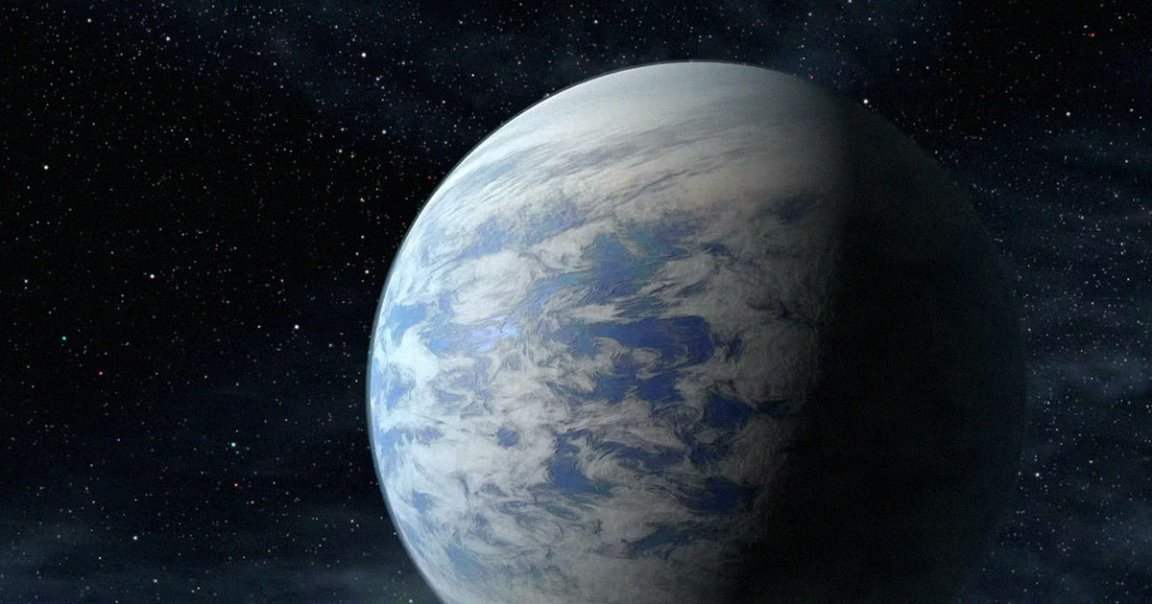
Super-Earth
Astronomers have spotted an intriguing “super-Earth” orbiting its red dwarf star inside the habitable zone, meaning it could likely host liquid water on its surface, a key factor for the potential habitability of exoplanets.
At just 1.55 times the Earth’s radius, it’s fairly small for a planet of its type. But what really caught the researchers’ attention was its suspected sibling, which they believe is even smaller and also roughly the size of our own planet, lurking within the same region.
If confirmed, the latter “would represent the smallest habitable zone planet” discovered by NASA’s Transiting Exoplanet Survey Satellite (TESS), per a paper about the finding published in the journal Monthly Notices of the Royal Astronomical Society.
Atmosphere Head
The larger planet, dubbed TOI-715b, orbits its parent star in just 19 Earth days, some 137 light-years away, the international team led by the University of Birmingham postdoctoral researcher Georgina Dransfield found. While that kind of tight orbit would usually result in blistering temperatures in other star systems, red dwarfs are much dimmer.
The findings are intriguing, but unconfirmed. The two suspected exoplanets are also within a relatively narrow or “conservative” habitable zone, as NASA cautioned in a statement.
Fortunately, we have other even more sensitive telescopes like NASA’s James Webb Space Telescope that could be used to confirm whether either one has an atmosphere or — even more intriguingly — whether it’s a “water world” or not.
The prospect of finding copious amounts of water in the atmosphere of an exoplanet has scientists excited about the possibility of discovering evidence of extraterrestrial life.
The news comes after the telescope spotted an apparently “hycean” ocean planet dubbed K2-18b last year, with an atmosphere rich with hydrogen and methane.
More on exoplanets: Rumors Circulating That James Webb Has Discovered Life on Another World